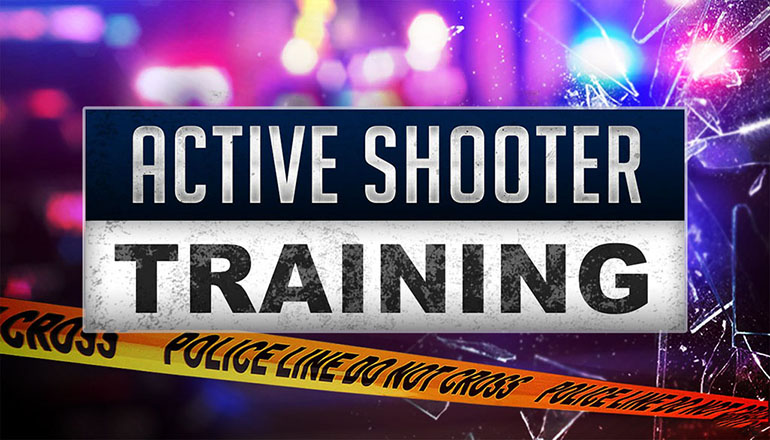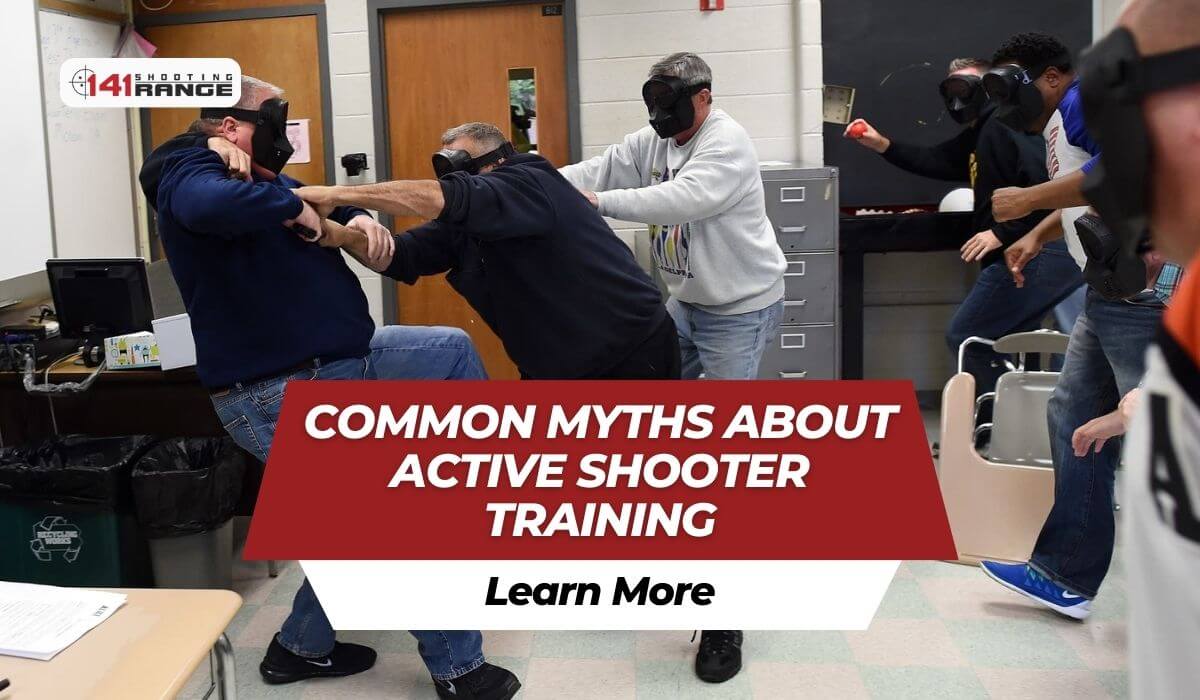Why Active Shooter Training Is Crucial for Work Environment Security
Why Active Shooter Training Is Crucial for Work Environment Security
Blog Article
Applying Energetic Shooter Training: Best Practices for Producing a Safe and Prepared Area Environment
As areas face the distressing truth of energetic shooter incidents, the application of extensive training programs comes to be crucial. What are the critical elements that can change a basic training program into a durable version for neighborhood durability?

Comprehending the Requirement for Educating
In an era noted by increasing events of physical violence in public rooms, understanding the requirement for energetic shooter training has actually never ever been much more critical. The prevalence of mass capturings across different environmentsâEUR" such as institutions, offices, and buying centersâEUR" underscores the urgency for individuals and companies to be prepared for such emergency situations. Energetic shooter situations can unravel quickly, leaving little time for individuals to react effectively. For that reason, thorough training campaigns can outfit participants with the knowledge and abilities to react decisively.
Furthermore, the mental effect of violence on people and communities can not be overstated. Training fosters a sense of empowerment and preparedness, allowing individuals to really feel even more safe and secure in their environments. It also advertises a society of security, where recognition and alertness come to be indispensable components of life. The benefits of active shooter training extend beyond prompt response; they include enhancing interaction methods and boosting general security procedures within organizations.
Key Components of Effective Programs
Reliable active shooter training programs incorporate several vital elements that enhance readiness and action capacities. Thorough curriculum growth is necessary, guaranteeing that training web content is appropriate, evidence-based, and customized to the particular demands of the organization or community. This includes understanding the dynamics of energetic shooter events and the emotional effect on individuals entailed.
Second, practical training situations ought to be used to imitate prospective scenarios, permitting participants to exercise decision-making and reaction strategies in a regulated environment. These drills assist in muscular tissue memory and construct confidence among participants.
Third, an emphasis on communication procedures is critical. Developing clear lines of interaction amongst law enforcement, emergency situation -responders, and participants guarantees collaborated feedbacks during an event. Routine updates and correspondence course help keep communication pathways clear and efficient.
4th, recurring evaluation and feedback mechanisms must be incorporated right into the training program - active shooter training. Assessing the effectiveness of training with participant responses and efficiency metrics permits continuous improvement
Last but not least, fostering a culture of safety and security and preparedness within the community encourages alertness and proactive actions, making certain that people are not only experienced but likewise participated in maintaining a protected setting.
Engaging Area Stakeholders

To effectively involve these stakeholders, it is necessary to connect the goals and benefits of the training. Holding informative sessions can assist clarify the training's objective, address worries, and describe the functions each stakeholder might play. Furthermore, developing a stakeholder consultatory board can facilitate continuous dialogue, enabling varied viewpoints and insights to be integrated into the training program.
Building relationships with area leaders and companies is additionally crucial. Their assistance can improve outreach efforts, increase involvement, and make certain that training is tailored to the distinct requirements of the area. Additionally, stakeholders can help in sharing information and resources, enhancing the message of safety and preparedness.
Inevitably, engaging area stakeholders not just enhances the training effort but likewise cultivates a feeling of ownership amongst homeowners, resulting in a much more resilient and enlightened neighborhood efficient in responding effectively to prospective hazards.
Educating Distribution Approaches
Using a selection of training distribution methods is crucial to fit the varied discovering styles and demands of participants in energetic shooter training programs (active shooter training). Efficient training can take several forms, including lectures, hands-on simulations, on-line modules, and interactive workshops. Each approach serves an one-of-a-kind function and can enhance the general knowing experience

On-line modules supply adaptability and ease of access, making it possible for participants to find out at their own speed. These can consist of video clips, quizzes, and conversations to determine understanding. Interactive workshops encourage team conversations and analytical, promoting team effort and interaction abilities.
Incorporating a mixed strategy that integrates these approaches not only enhances the training experience yet additionally guarantees that individuals are much better prepared to react effectively in case of an energetic shooter scenario (active shooter training). By addressing different finding out preferences, organizations can produce a much more educated and responsive neighborhood
Continual Assessment and Enhancement
Routine evaluation and improvement of energetic shooter training programs are crucial to preserving their significance and efficiency. As dangers progress, so should the approaches and techniques used in training. Continual analysis makes certain that training web content mirrors the view most recent knowledge on energetic shooter occurrences, integrating lessons picked up from current events and adjusting for arising fads.
To promote this process, organizations should establish responses devices navigate to this website that consist of participant assessments, professional evaluations, and event debriefs. Collecting data on individual efficiency during drills and workouts is important, as it highlights areas needing renovation and informs future training sessions. In addition, engaging check here with law enforcement and emergency responders can offer important insights right into the functionality and applicability of training procedures.
On a regular basis arranged reviews of training materials and strategies must be mandated, promoting an environment of technology and versatility. Organizations has to additionally motivate a culture of recurring knowing, where team member really feel encouraged to suggest adjustments based on their experiences. By devoting to continuous analysis and renovation, companies not just improve the performance of their active shooter training programs yet likewise strengthen their total commitment to safety and security and preparedness within the neighborhood.
Verdict
In conclusion, efficient application of active shooter training demands an extensive technique that focuses on neighborhood interaction and sensible simulations. Eventually, a commitment to continuous training and enhancement cultivates a culture of watchfulness and readiness, guaranteeing a more secure setting for all area participants.
Report this page